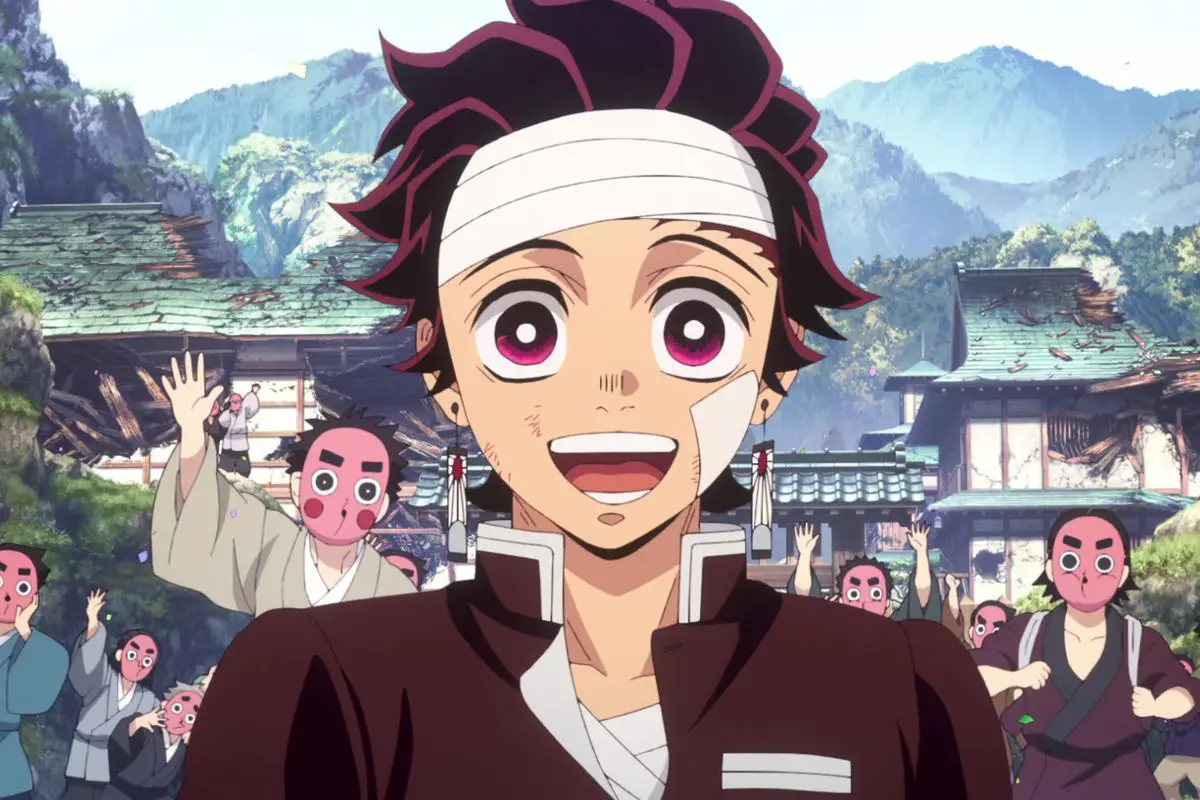1. Upload Low Resolution Files
With the Internet, you have the opportunity to upload your digital artwork in low resolution images. Doing this offers numerous benefits that are often overlooked. Firstly, you will make your pages load faster. Secondly, you deter unscrupulous people from simply downloading your high resolution artwork and reproducing it.
Opt for 72 to 96 dpi images as they look nice when loading pages, but they look terrible when printed.
2. Make Your Images Small
The size of your images online is determined by the number of pixels in the width and height. For example, you may have an image that’s 600 by 800 pixels.
Make sure you keep your pixels to a minimum as it will mean faster loading artwork that prints tiny. If anyone is bold enough to steal your work and attempts to resize it, the reproduced work becomes grainy and pixelated. This lack of quality makes it unsuitable for resale purposes.
3. Consider Cropping Your Work
Depending on the intricacy of your artwork, consider cropping out portions of it. It protects the entirety of your design from getting stolen and turns your work into viable thumbnails that you can work with. Of course, this won’t entirely deter every unscrupulous person, but it’s a good starting point.
It’s easy to crop your images using photo editing software or a website builder if you have one. Most websites that allow uploads automatically crop or help you resize your images with ease.
4. Add Your Copyright
It may seem like common sense, but adding your own copyright notice to your images may deter some people, or at the very least, make them think twice. Bear in mind, your copyright is only as good as you’re able to enforce the laws, but a law-abiding citizen may feel the extra pressure of seeing that your artwork is copyrighted. Do make sure that the notice is in a prominent and easy to read spot as it helps enforce a sense of authority and art security.
Avoid only placing your name on the copyright notice. Some thieves have no conscience and will take your work even with your name prominently attached. A better option is to display your name as well as your web address as it makes it harder to steal your work this way. Plus, if it does get stolen, people will have a connection back to the original source of the images.
5. Add A Watermark
Much like a copyright notice, a watermark adds an extra level of security to your work. It usually bears a copyright notice or your company logo as a semi-transparent layer on top of your image. It’s good policy to have your watermark cover most or all of your artwork as it renders them virtually useless to someone looking to steal.
As a good rule of thumb, make sure your watermark is either black or white. Using bright colors can detract from the overall look and feel of your pages.
6. Make Your Contact Information Easy To Access
Many artists tend to hide their contact information, but in the case of protecting your artwork, this becomes counter-intuitive. Make it easy for people to get in touch with you and they are twice as likely to seek permission from you directly if they wish to borrow or use one of your pieces. It’s okay not to give permission to a person asking, but make sure you’re kind when declining because you never know how serious they are about working with you!
As an artist, you may also wish to make some of your artwork more affordable for people with a tight budget. Selling lower resolution images can still provide people with the opportunity to display your work as a screensaver or as a wallpaper. This can boost the number of eyes on your work and also provide an additional income stream.
7. Act Quickly When Someone Violates Copyright
When you find someone using your artwork without your consent, make sure you contact the person right away. Keep the conversation informative and polite while kindly asking them to take down your images. Always introduce yourself and let the person know who you are and that they’re violating your personal copyright by not asking permission. Shockingly enough, very few people mean to actually break the law.
It is a good policy to give the person at least 48 hours for a response before you hit them with a legal email and a cease and desist. In fact, you should have a lawyer you can reach out to who will send an official letter to the violator as most will respond when you threaten them with legal action.




